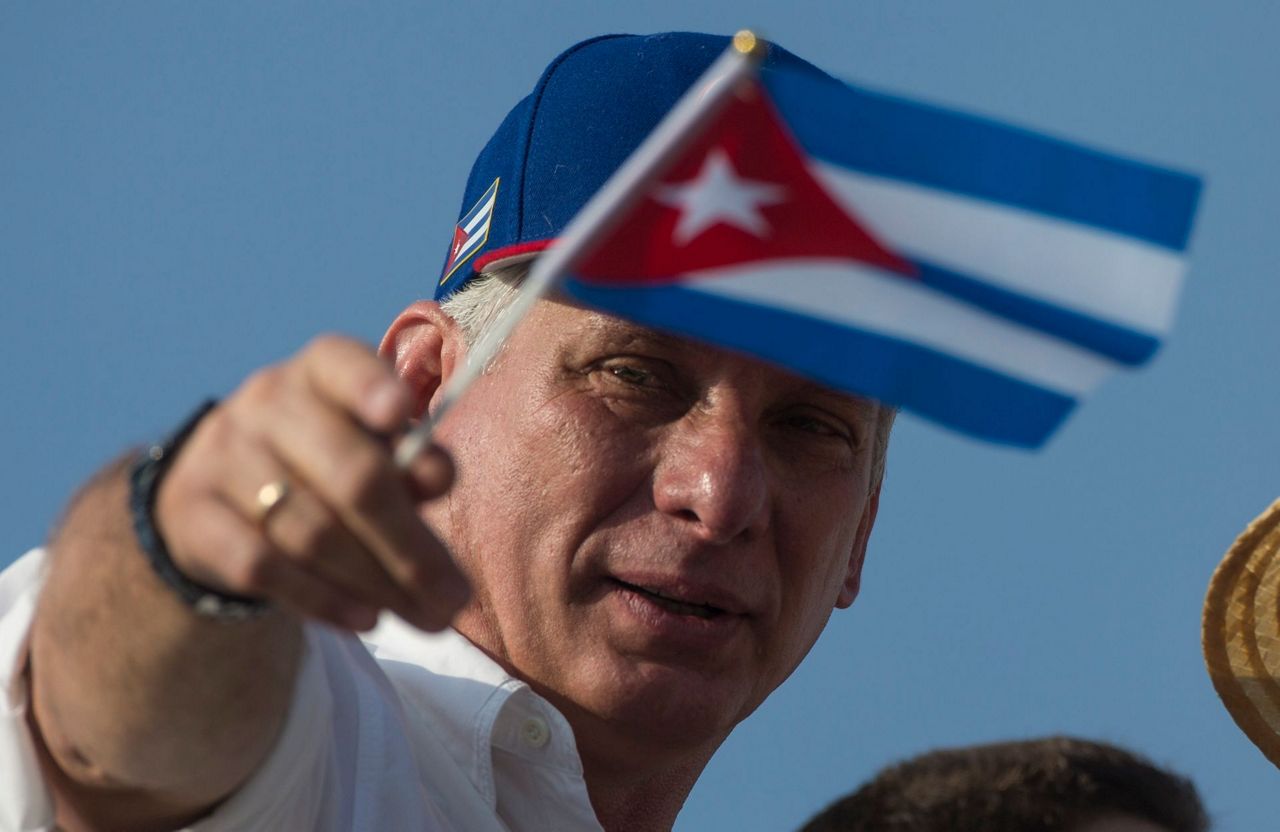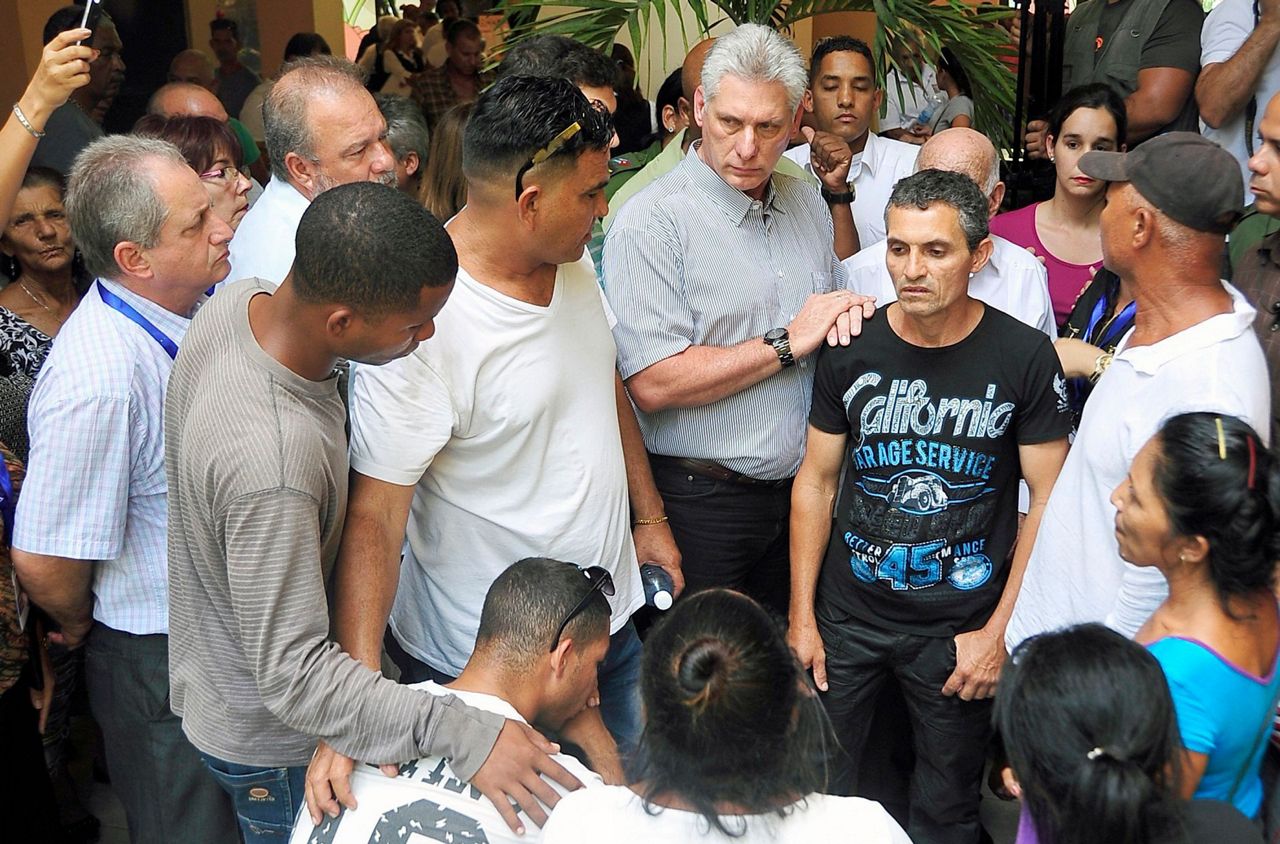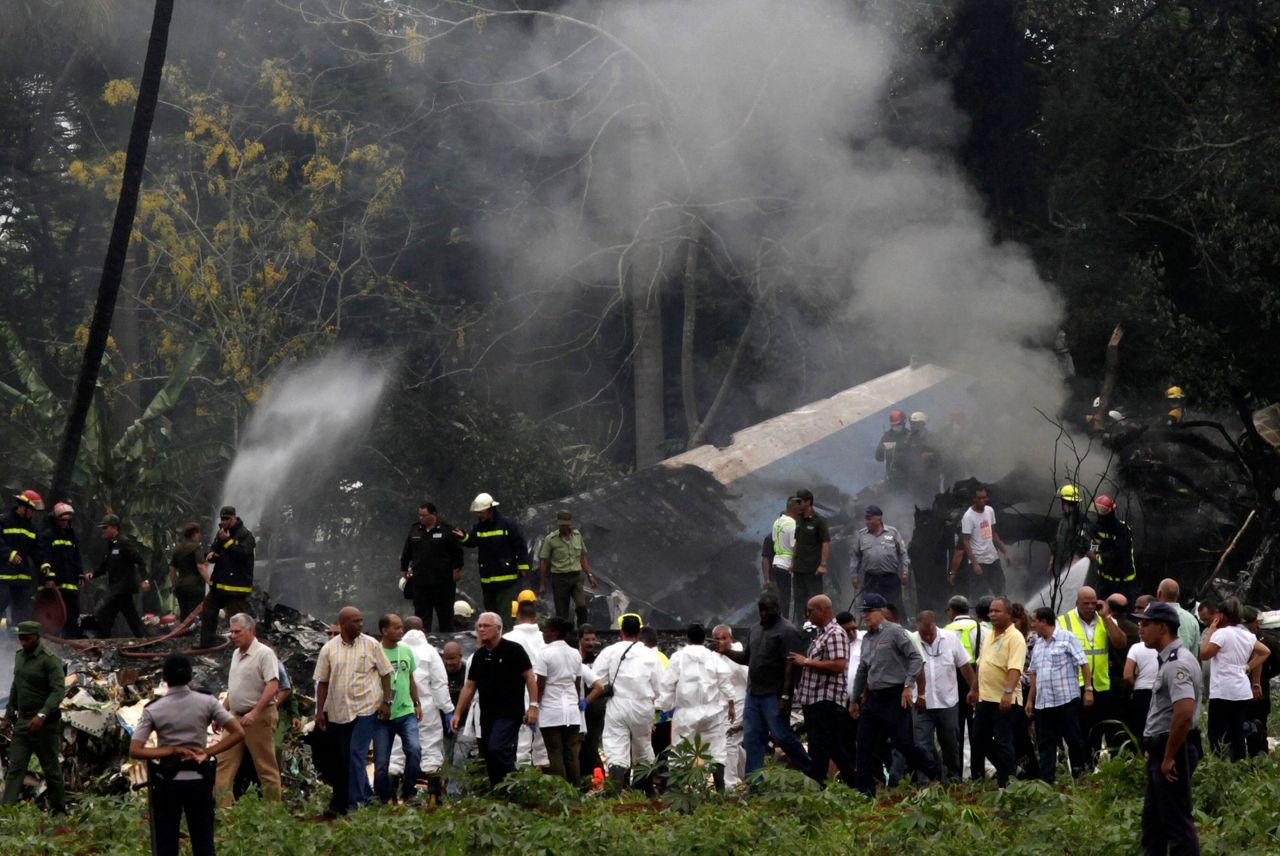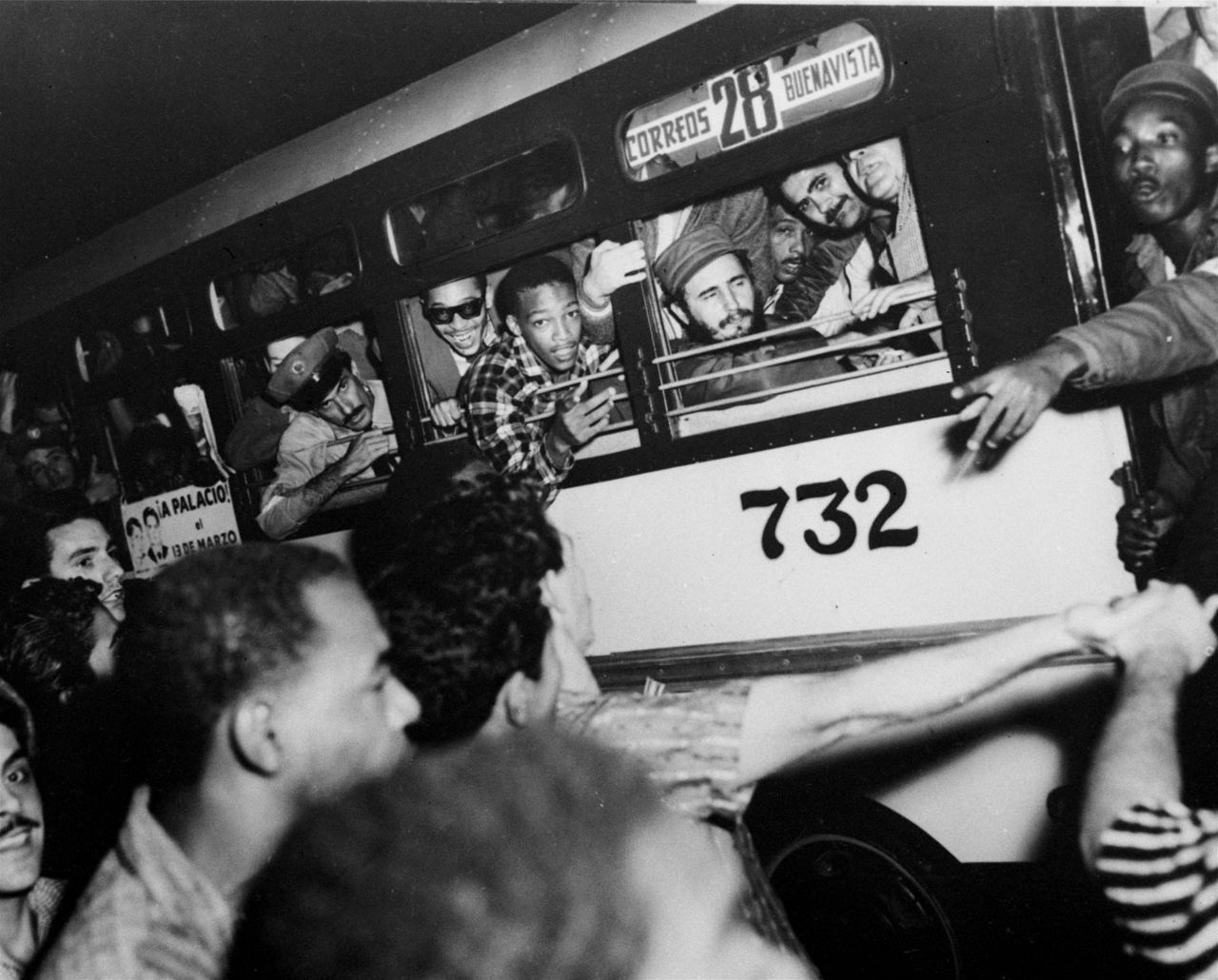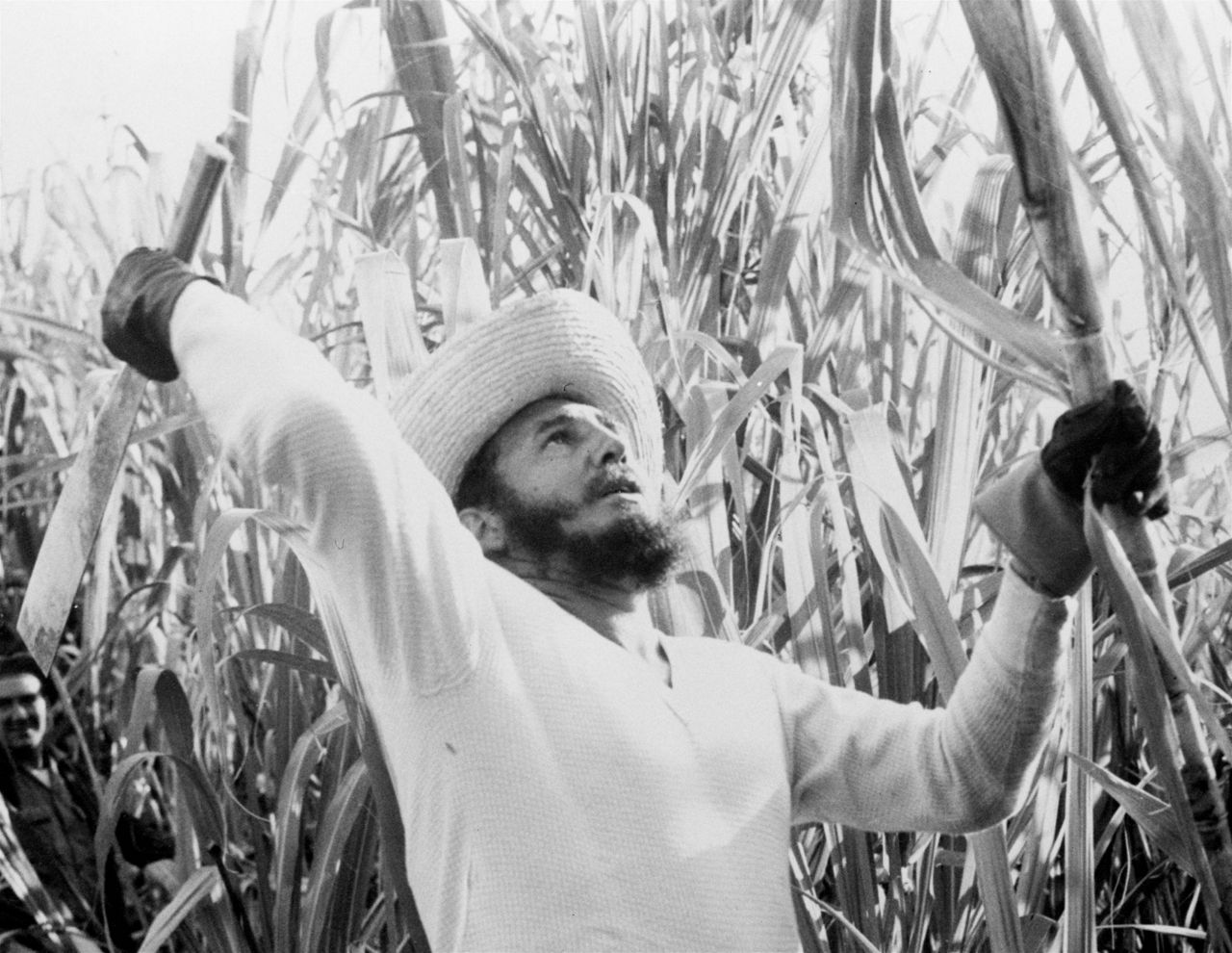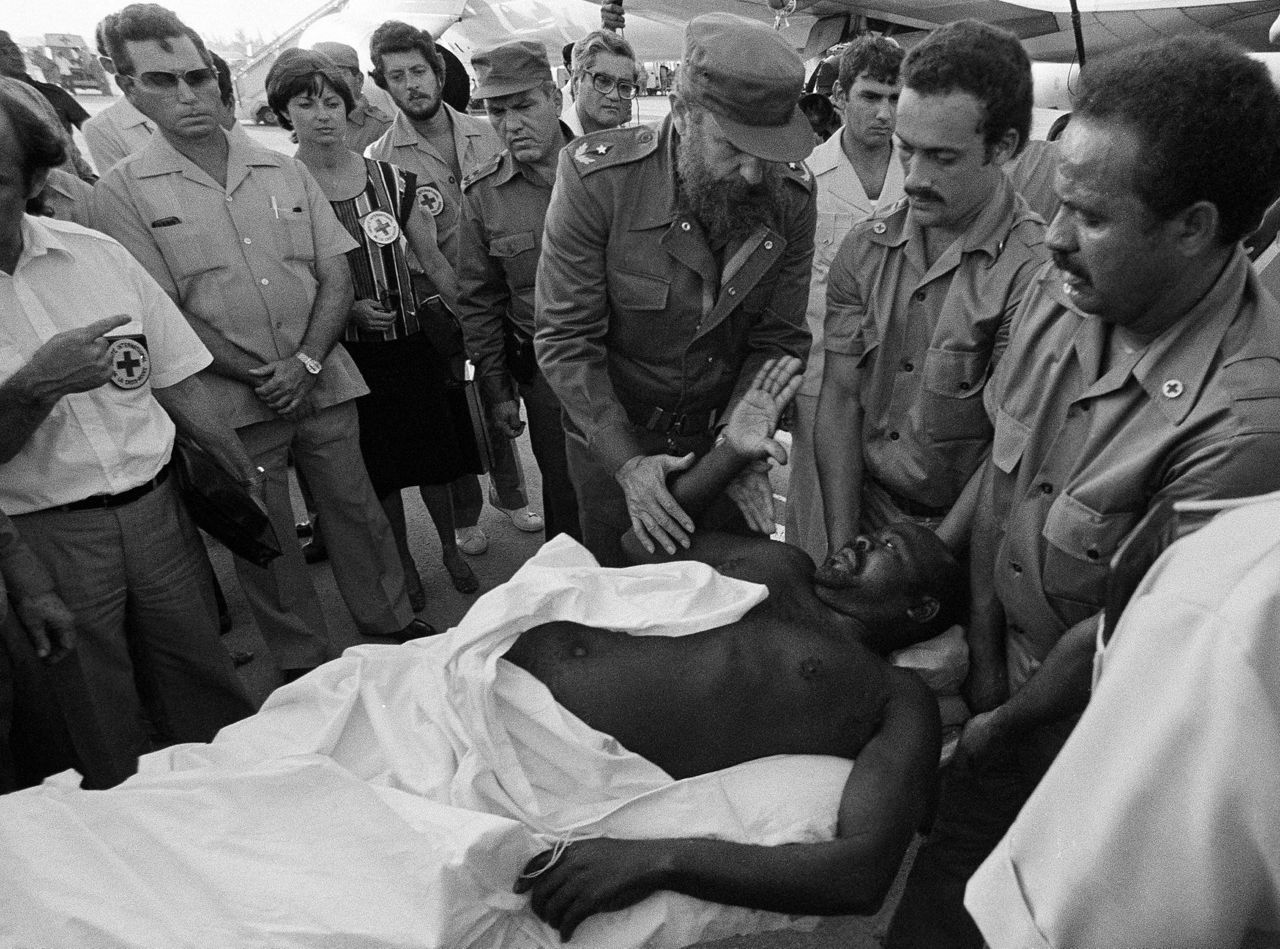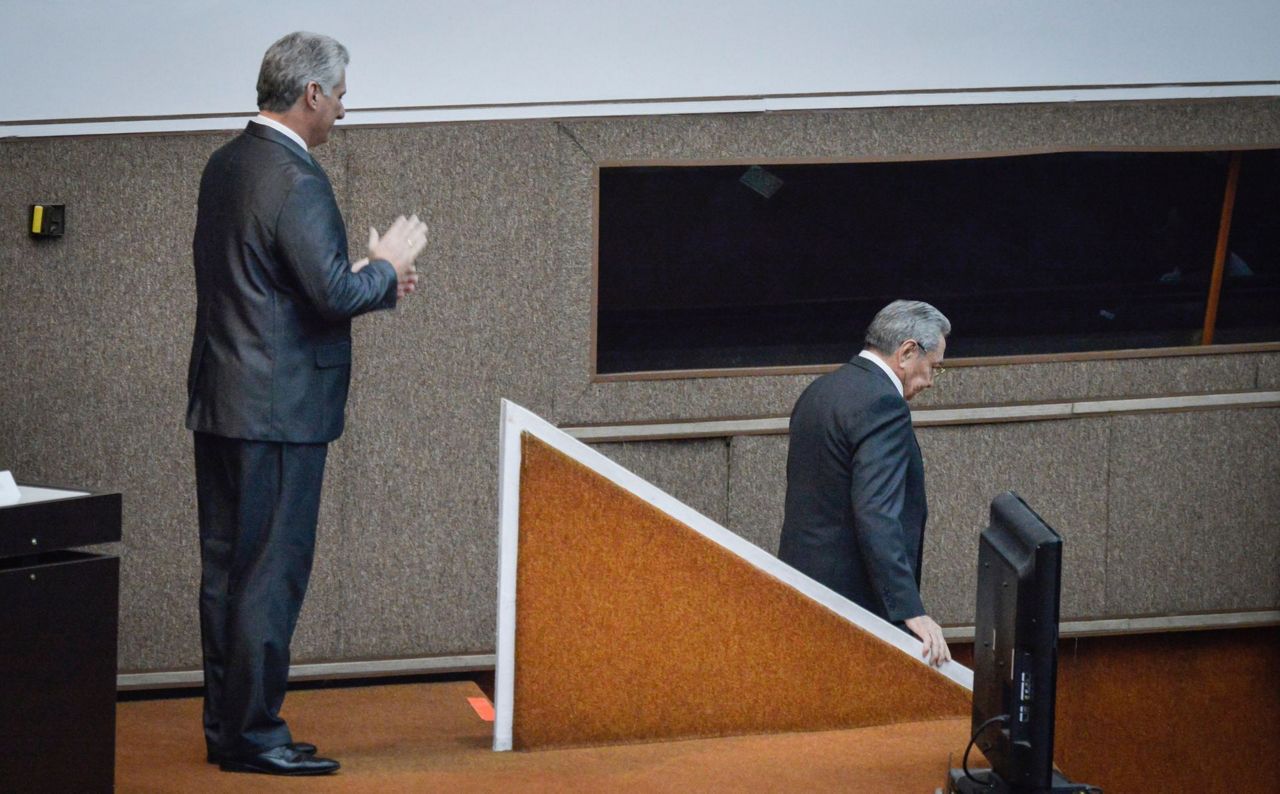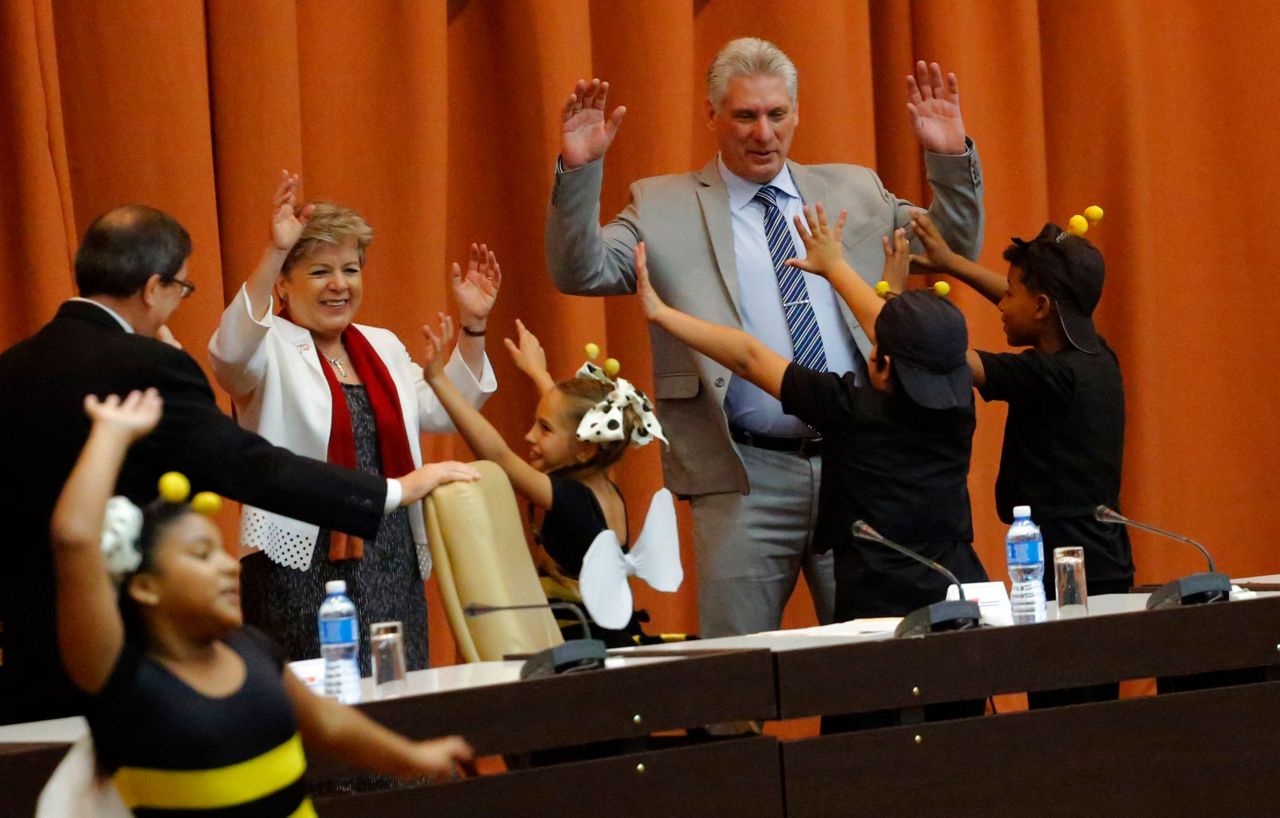HAVANA (AP) — For half a century Fidel Castro seemed to be everywhere in Cuba — inspecting factories, farms and offices, expounding to the press and zooming to the scenes of natural disasters to direct the minutest details of the response.
His brother Raul was a military man who operated from behind the scenes, rarely making speeches and going long stretches without appearing in public, even as he attempted historic reforms of Cuba's economy and foreign policy.
A month after taking office, the Castros' successor as president of Cuba has broken from the immediate past, and made clear to Cubans that he will be operating far more like a conventional modern politician than the spotlight-shy general who selected him or the revolutionary comandante who led Cuba for 47 years before that.
Miguel Diaz-Canel, 58, has set a whirlwind pace of public appearances since his first day in office — promising improvement in trash pickup and public transportation, inspecting state cafeterias and health clinics, and now acting as the public face of the government's response to the air crash that killed 111 people when a Boeing 737 rented by Cuba's national airline slammed into a farm field shortly after takeoff from Havana's airport on Friday.
The first image that many Cubans saw of the accident was a photo of a grim-faced Diaz-Canel striding through the wreckage in shirtsleeves. Over the weekend, he made repeated visits to hospitalized patients, grieving family members, forensic investigators and the aviation officials leading the probe of the crash.
On Sunday morning, after nearly 48 hours of crisis management, he appeared with helmet-clad emergency workers carrying out a disaster-preparedness exercise for the upcoming hurricane season.
"I think that amid all the pain and consternation there's a lot of personal solidarity, and that personal solidarity can be seen in the support being given to the families, and it's expressed in the efficiency with which these cases are being attended to," Diaz-Canel told state media after visiting the bereaved.
Raul Castro, meanwhile, hasn't appeared in public for more than a week, after a May 8 appearance with the U.N. secretary-general. Cuban officials said the 86-year-old leader is recovering from a planned hernia operation but is being briefed on the tragedy and offering advice on the government's response.
"Diaz-Canel is putting himself before the public so the public can see him. Many of the places where he shown up or the issues he's examined have to do with people's everyday concerns," said Jose Raul Viera, a retired vice minister of foreign relations. "It's putting him in contact with people's everyday lives. His focus hasn't been ideological declarations, but rather practical things."
Diaz-Canel isn't Raul Castro, but he isn't attempting to imitate Fidel either. Like many modern politicians, Diaz-Canel's appearances remain tightly managed. Most are covered only by Cuba's state-run press, and unlike the voluble Fidel Castro, the president rarely takes questions or breaks from brief prepared remarks. Most Cubans haven't heard their president speak more than a handful of times, and rarely saying more than a few sentences.
There are no indications yet of how Diaz-Canel will actually administer Cuba's stagnant economy and highly controlled single-party state. A month into office, he has held reviews of government performance and programs but there has been no announcement of any new government policy or presidential decision. Diaz-Canel hasn't even yet appointed his own cabinet, deciding to operate with Raul Castro's until July.
Still, the change in style has been dramatic.
"I like seeing him this way," said Adonis Garcia, a 47-year-old state worker. "What shocked me was that I'd never seen a Cuban president in civilian clothes at the scene of a big event. I was used to Fidel in olive-green."
Diaz-Canel took power on April 20 in a long-planned handover from Castro, who announced years ago that he would step down after more than a decade as president, which began after Fidel Castro was brought down by illness in 2006. Fidel Castro died in 2016.
Unlike the Castros and their cohort of aging former guerrillas who overthrew strongman Fulgencio Batista in 1959, Diaz-Canel made his career in the civilian ranks of the Communist Party bureaucracy, serving as provincial party head, the equivalent of governor, in the central and eastern provinces of Villa Clara and Holguin before being named higher education minister and then first vice president and Castro's presumed successor in 2013.
In Villa Clara he was known for a Cuban version of retail politics, albeit in a system in which the government itself selects candidates for popular ratification, rather than voters selecting between competing candidates. He traveled the capital on a bicycle and accepted visits at all hours at his home and office from residents with complaints or suggestions, according to those who knew him.
After assuming the vice presidency, Diaz-Canel became virtually invisible, leading many who knew him to wonder what had happened to the glad-handing bureaucrat from Villa Clara.
That question started to be answered when Diaz-Canel began appearing in public every day after becoming president, even dancing on camera with members of a children musical theater this month.
"Diaz-Canel has shown an unusual degree of public activities in his first month, unusual for the president of Cuba, but usual for him in his prior positions," said Harold Cardenas, a blogger who was defended by Diaz-Canel in Villa Clara when government officials tried to shut down his site.
"His appearances on television talking about everyday themes are a demonstration of the political freedom he has to run his own administration, something some had doubted," Cardenas said.
On May 11, Diaz-Canel appeared on television discussing rice production with top agricultural officials. Three days later he reviewed problems in the capital, including the availability of bus stops and improvements in trash collection. The same week he visited a state-run cafeteria, a plant producing asphalt to fill potholes and an old-age home in the capital, which celebrates the 500th anniversary of its founding next year.
"Havana will show off its beauty," he said, "which is part of that prosperity to which we will aspire and hope will become reality in the shortest time possible."
Cardenas warned that along with his new style, Diaz-Canel also would need to start showing results in a country where years of inefficiency, lack of investment and economic underperformance have left services deteriorated, infrastructure crumbling and a population that's increasingly pessimistic and disenchanted.
"Without steering the economy well, his success can be limited," Cardenas said. "Cubans are a people used to personal sacrifice in the name of a cause, but reluctant to sacrifice themselves without clear reasons."
_____
Andrea Rodríguez on Twitter: www.twitter.com/ARodriguezAP
Michael Weissenstein on Twitter: www.twitter.com/mweissenstein
Copyright 2018 The Associated Press. All rights reserved. This material may not be published, broadcast, rewritten or redistributed.



